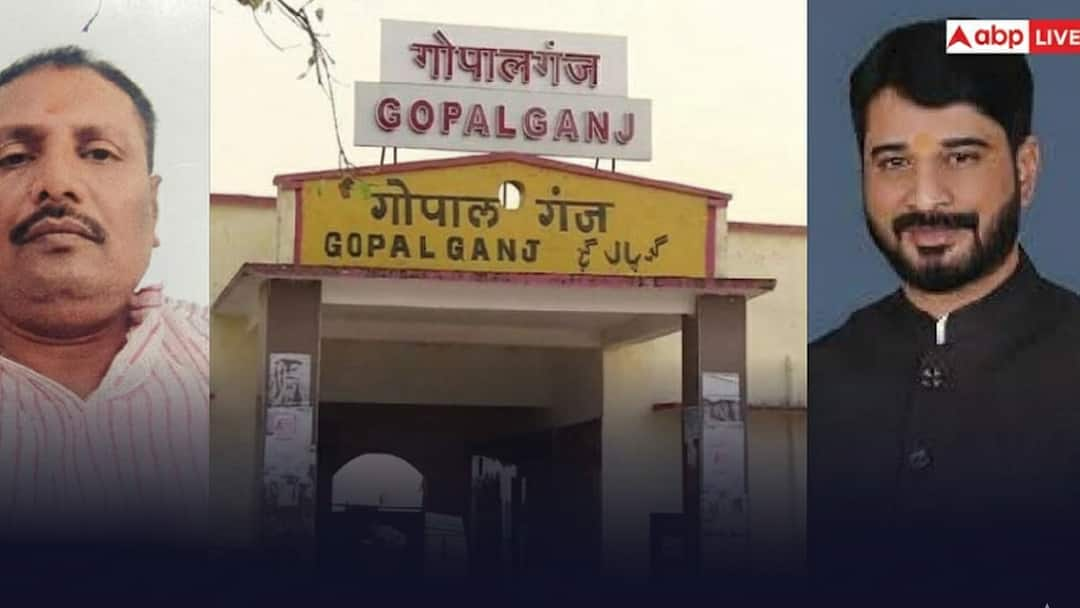As the vote counting for the Bihar Assembly elections progressed into the evening, political observers witnessed a dramatic shake-up in traditional strongholds. Nowhere was this more evident than in Gopalganj, a constituency long considered the bastion of Lalu Prasad Yadav. In the early rounds, the NDA’s lead quickly set the tone, signalling that this election was about far more than just seats; it was a battle for prestige and political dominance.
A Turning Point in Gopalganj
The dynamics of the Gopalganj assembly have changed dramatically this year. The electoral landscape appeared almost entirely painted in the NDA’s colours, with their candidates establishing commanding leads across all six seats in the district. The Grand Alliance, which had previously hoped for a foothold, found itself completely shut out. By the end of counting, the NDA had swept the district, leaving the opposition without a single victory.
Winners and Key Highlights
In Baikunthpur, BJP’s Mithilesh Tiwari delivered a decisive win, while JDU’s Manjeet Singh cruised to victory in Barauli with little resistance. Gopalganj Sadar saw BJP’s Subhash Singh triumph in what became a one-sided contest. The JDU strengthened its position further by winning all three seats in Hathua, Kuchaykot, and Bhore under the leadership of Ramsevak Singh, Amarendra Kumar Pandey, also known as Pappu Pandey, and Sunil Kumar.
The final tally in Gopalganj shows four seats for JDU and two for BJP. The Grand Alliance remained a passive observer throughout the district and was unable to make a meaningful impact.
Gopalganj: A Seat Under the Spotlight
Gopalganj, a general-category assembly seat, has always attracted attention as the birthplace of Lalu Prasad Yadav. This constituency is not only about winning; it sends a strong political message. This year, 12 candidates contested, but the main fight came down to BJP’s Subhash Singh and Congress’s Om Prakash Garg. Despite high hopes for the RJD as part of the Grand Alliance, the trends quickly revealed a two-way contest.
By the 27th round of counting, Subhash Singh had built an unassailable lead. With 87,769 votes to Om Prakash Garg’s 62,377, the BJP candidate led by 25,392 votes. The third-placed Ansh Salam of AIMIM trailed far behind with just 13,510 votes, while the remaining candidates struggled to make any mark. Even the RJD, which once regarded itself as a key contender in Gopalganj, seemed distant from victory.
Why NDA Triumphed
The NDA’s stronghold in Gopalganj reflects more than just party loyalty. Analysts suggest that Subhash Singh’s local influence, combined with a robust party machinery and strategic social alignments, gave the BJP a clear advantage. In contrast, the Grand Alliance, including Congress and RJD, failed to leverage local issues or galvanize voters effectively, leaving them on the sidelines in this pivotal district.
Gopalganj’s sweep is not merely a numerical victory; it is a signal that political winds in Bihar are shifting even in the heartlands of longstanding dynastic influence. For the NDA, this triumph is as much about prestige as it is about power.


